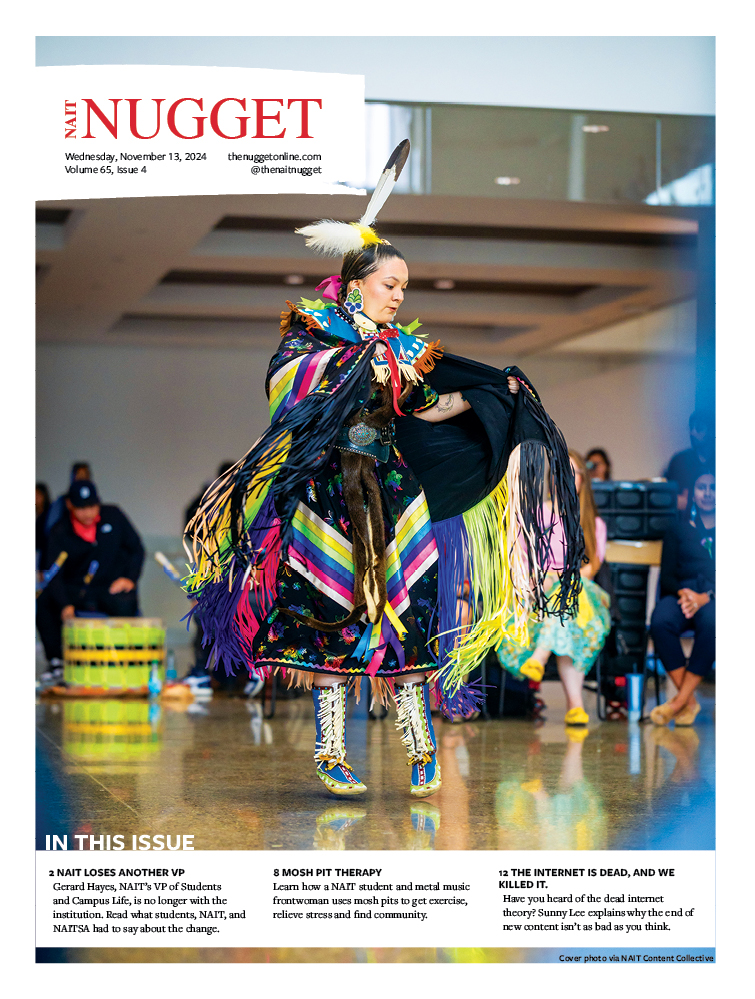I’m a third-year Finance student representing the Investment Club of NAIT. I will be writing about financial literacy in Canada, as well as reviewing tax-free savings accounts and registered retirement savings plans.
The topic of retirement funds seem to be brushed under the rug entirely by most people, as a staggering 34 per cent of Canadians have previously said that they are going to rely on the lottery to fuel their retirement. The odds of winning the lottery are one in 14 million. So, if you’re one of these people, time to rethink. In addition, nearly 90 per cent of Canadians have also said they will be relying on their Canada Pension Plan. For 2014, the max CPP payout was $1,038 a month, which is hardly enough to live off and, to make it worse, the average CPP payout was roughly half of that at $537 a month.
Two ways to prepare for a better future is opening both a TSFA and RRSP account. Both of them have pros and cons, and they also have different uses, depending on your goals. I believe the TSFA is a powerful tool for any short to medium term goals such as saving for a vehicle, down payments on a house, future children, vacations, etc. as you have the option of withdrawing money at any time. This could also be a downside since your maximum contribution room is $5,500 annually, so if you deposit and withdraw $1,000 immediately, you’ll have $4,500 left. If you don’t keep track of your inflows and outflows, an over-contributing to the TSFA can lead to penalty interest charged until the surplus is withdrawn.
The good news is that once the new fiscal year begins, you are given that contribution room back. So if you made no deposits at all, you’d have $11,000 the next year for example. Any contributions are not tax deductible and, of course, you can carry different investment products like ETFs or mutual funds to help grow your money which are also not tax deductible.
RRSPs, on the other hand, are beautiful for long term needs such as the obvious one, retirement! This account can also hold a variety of investment products and most important, your reinvested earnings will compound over your lifetime. The sooner you earn more money in the account, the more money you’ll have in the later stages of your life. You can contribute up to 18 per cent of your income per year up to the maximum limit, which was $23,820 in 2013. Any money kept in this account also is tax deferred until you’re ready to retire so it’ll help reduce your taxes payable if you are in a higher tax bracket.
The biggest issue some have with an RRSP is withdrawing money before you retire so depending on the amount, you could be penalized between 10-30 per cent, which is the biggest thing to keep in mind. Only store money there if you know for a fact that you won’t need it in months or years down the line!
It’s definitely important to realize what your future goals are and what you want later on in life, but utilizing and understanding these two tools can be a powerful asset for anyone to let their money grow as opposed to keeping it hidden under a mattress where it loses value due to inflation. When opening accounts, speaking to a financial adviser would be a recommended first step to help you get your accounts opened and to help you understand your personal needs on how and where to invest your money to your preference.
By Alex Saavedra






